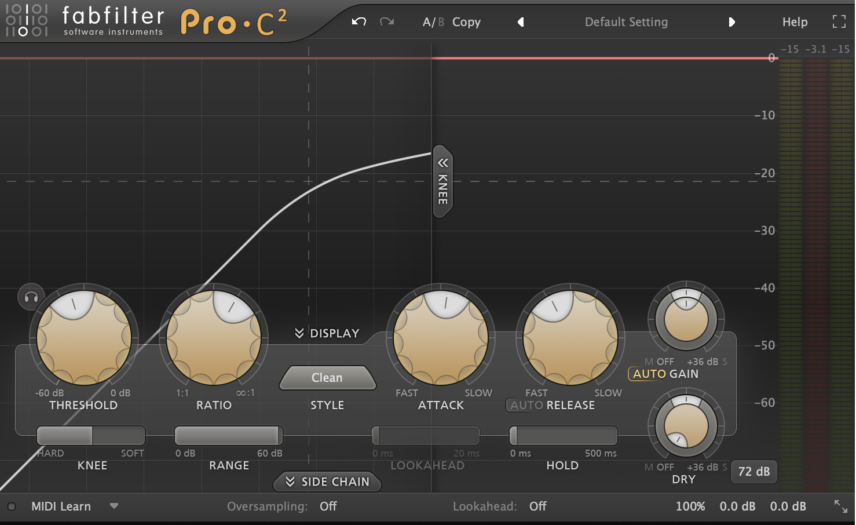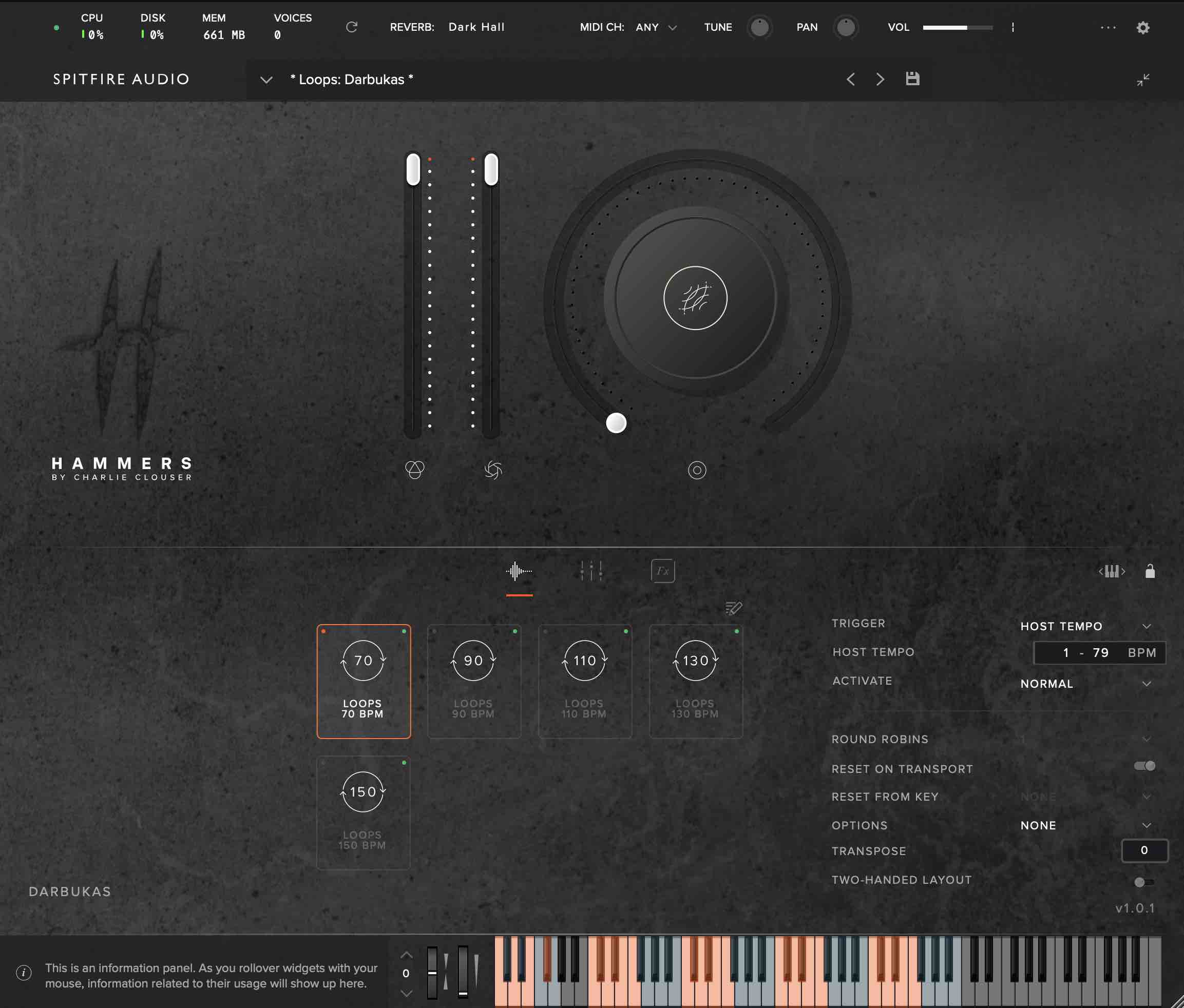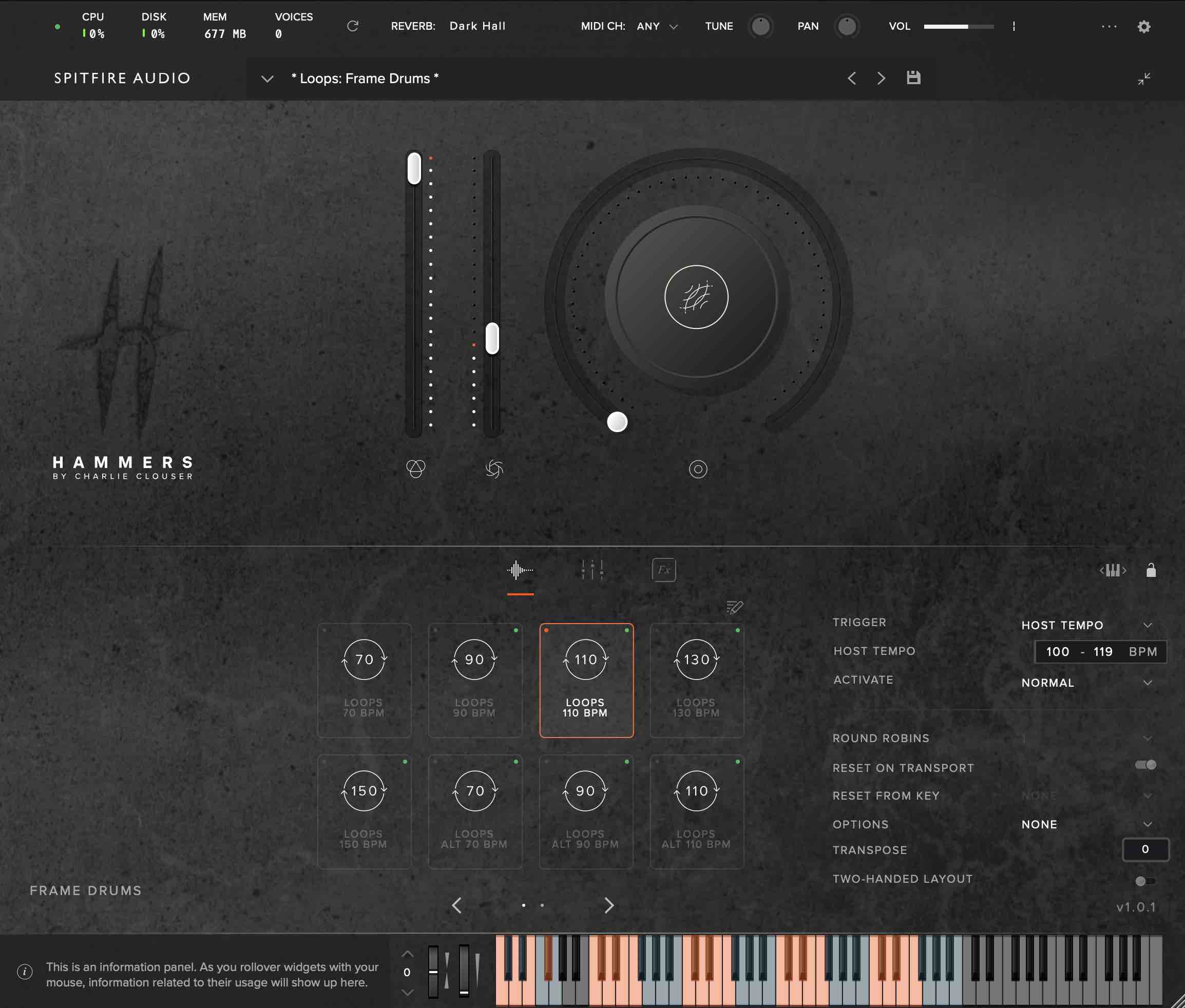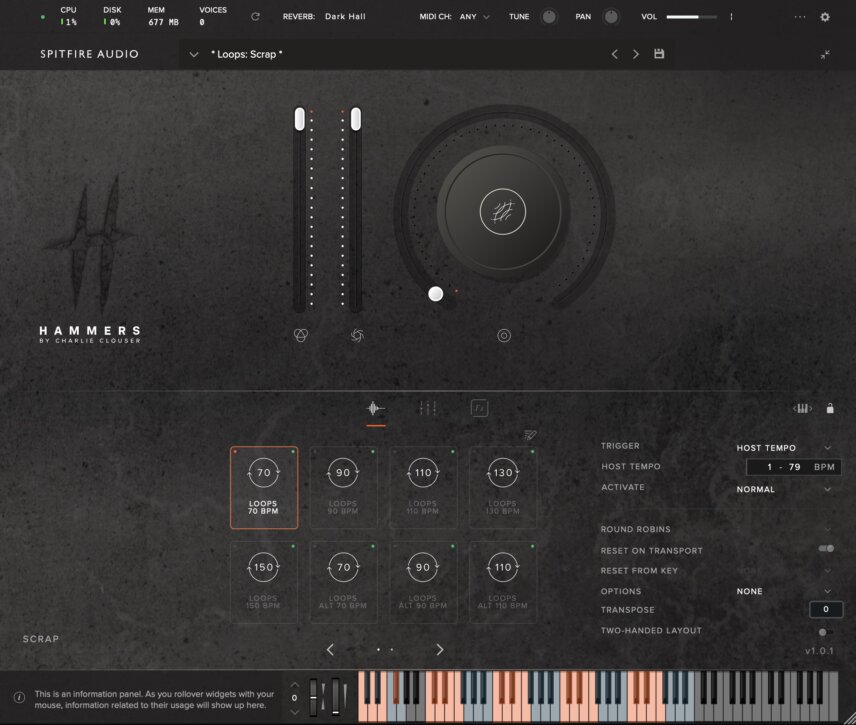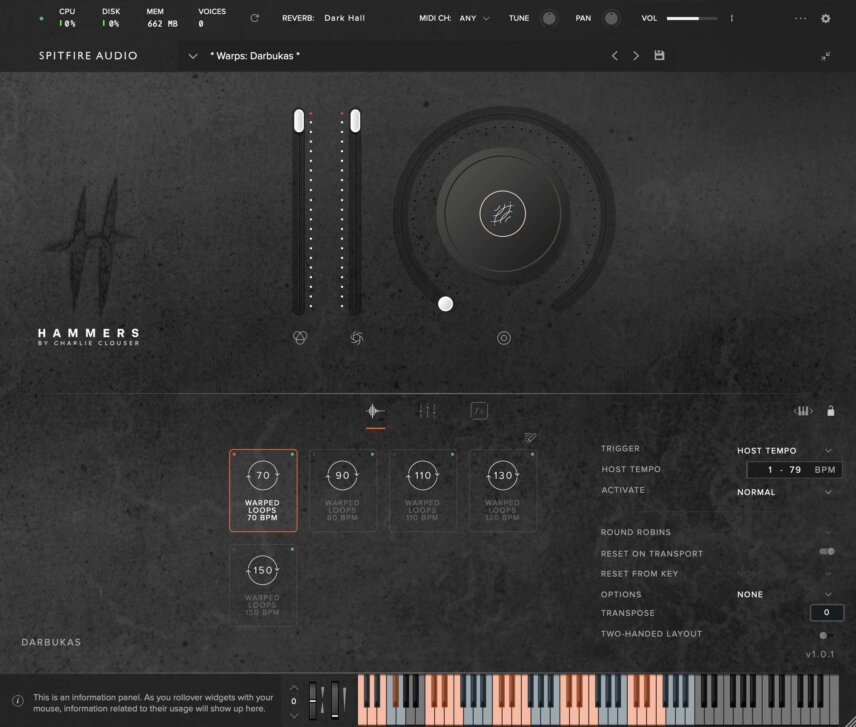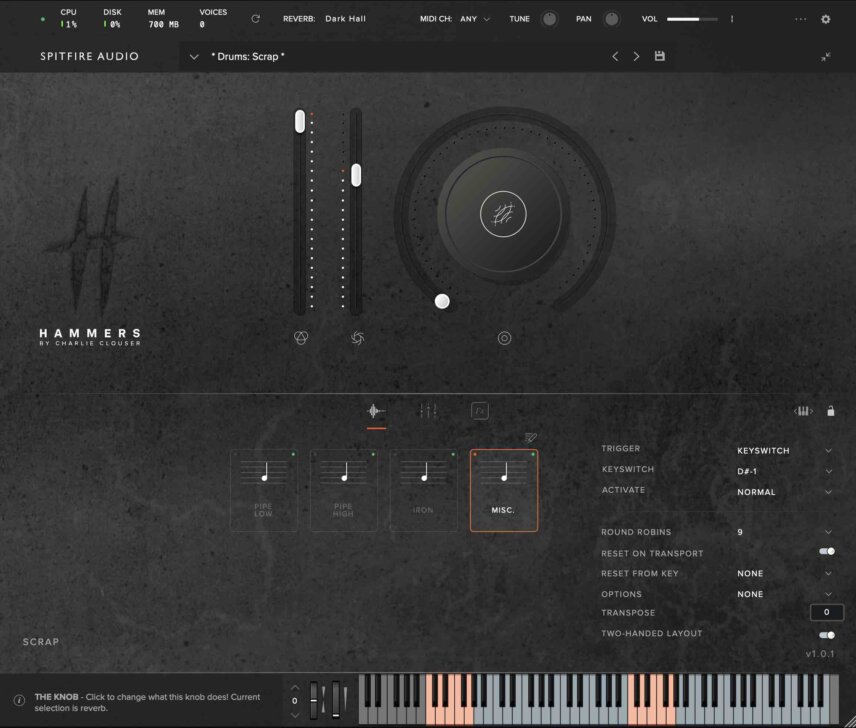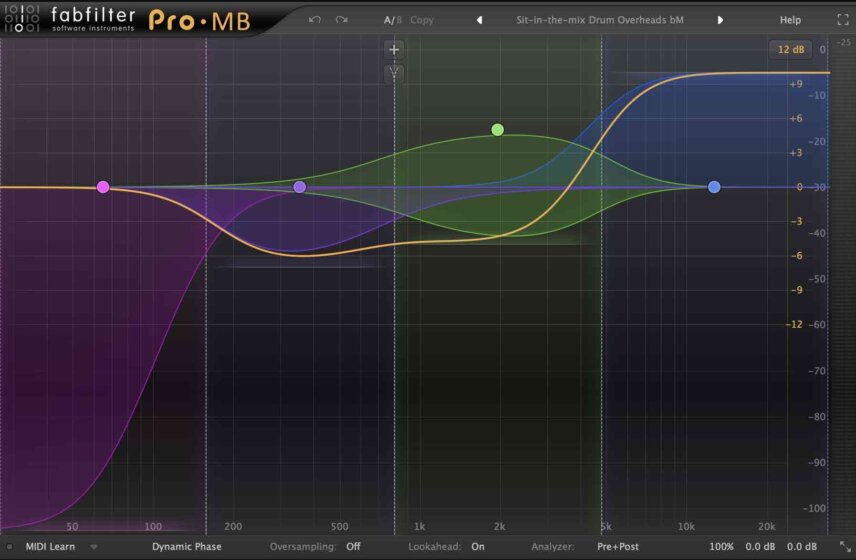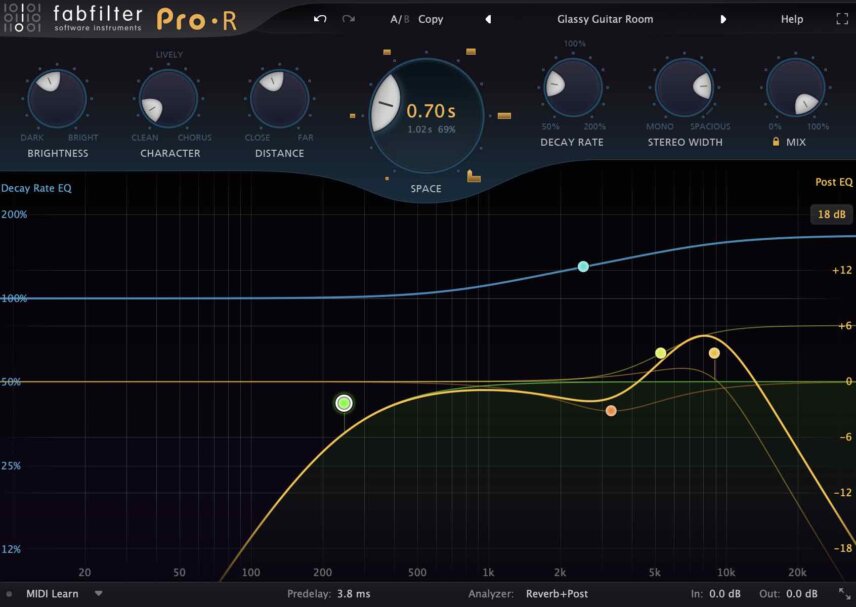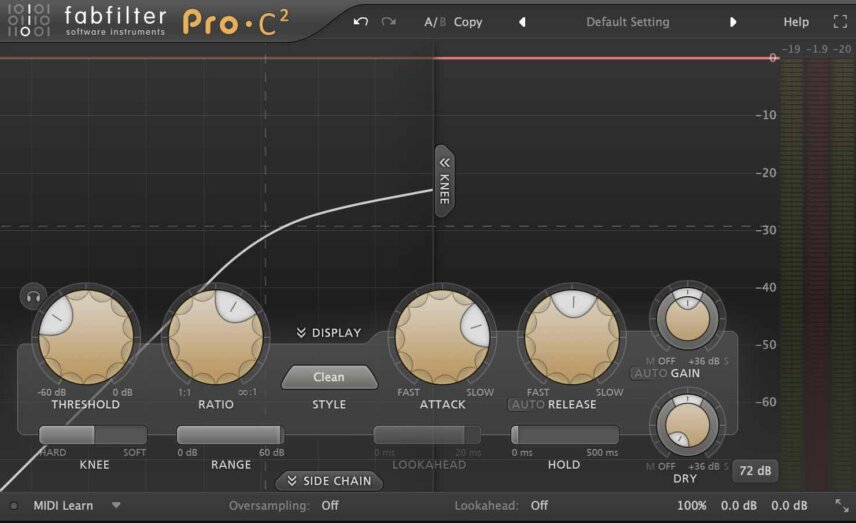Downtempo, leftfield, organica, electronica, fairy-light house? Whatever you want to call it we show you how to make percussion loops inspired by Bonobo.
Bonobo, or Simon Green to his friends, is hard to pin down musically. He cut through with trip-hop but over his impressive career has explored jazz and world music. His sound is generally tranquil but he has that rare quality to be revered by all no matter the genre. Certainly, his increasingly slick live performances have further endeared him to both fans and peers alike.
It’s no surprise this is not the first time we’ve attempted to cover him in Attack. Last year we published an article focused on his time-stretching secrets. Today, however, within the confines of a Beat Dissected, we’re looking at how to create percussion loops inspired by Bonobo and in particular his evergreen monster ‘Cirrus’ released in 2013 on Ninja Tune which Fact Magazine described famously as ‘a twinkling slice of fairy-light house’.
To achieve this magical pixie dust sound, we’re going to move away from Drum Rack in Live for a change and use Logic’s Drum Machine Designer and Spitfire’s “Hammers”. Sure there is a million ways to make percussion but Spitfire Audio have taken it to a whole new level. Their products are a great way to infuse organic textures into your tracks and provide the downtempo foundation palette for artists such as Bonobo, Four-Tet or Tycho.
Here’s what we’re making today:
And here it is in the context of a song:
As ever, click on any image to enlarge.
Spec
Tempo
119 BPMSwing
50%Sounds
Splice & Spitfire HammersStep 1
Let’s start with the basics. Lay down a simple four-on-the-floor kick pattern, with an additional hit on the final 1/8 note in the four-bar loop. Repeat this twice. We’ve chosen “Kicks_OneShots_Kick_33” from “System Techno” on Splice.
Shorten the sample to 187ms with a 46ms fade out. Set the velocity to 80. We don’t need a big boomy kick for this style as the percussion will be the driving element.
We also apply gentle compression to the kick. Dial in the ATTACK and THRESHOLD to help the transient cut through. You should see around 3db of gain reduction. Leave RELEASE and GAIN COMPENSATION on “AUTO”.


Here’s our progress so far:
Step 2
Now we will add a gentle snare and percussion sample.
On Splice, we found “Snares_OneShots_Snare_13” (“System Techno” pack) and “BOS_BC_Caxixi_One_Shot_Tap” (“Batteria Campeon” pack). The Caxixi is a traditional percussion instrument and gives a slightly different flavour from the typical shaker.
Use Logic’s Humanize function to apply randomness in note position and velocity. We also send the Caxixi to a ping pong delay for some subtle grooviness. Repeat this loop twice.
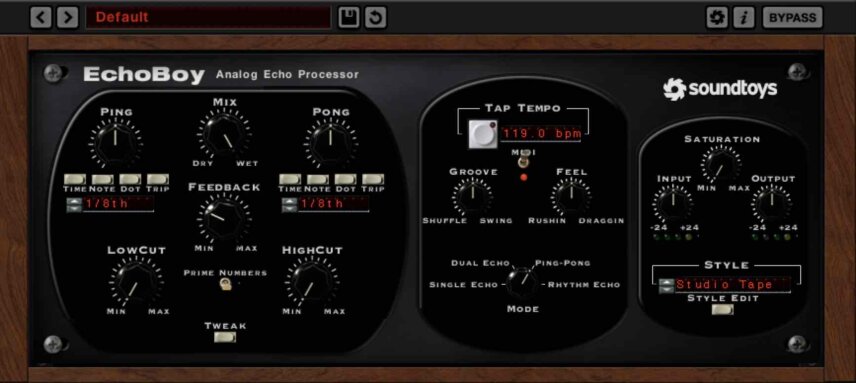

Here’s our progress so far:
Step 3
Now we will begin to create our percussion loops.
N.B for visual clarity, we will bounce them out and put them in our DMD (Drum Machine Designer). However, you can keep them within Hammers if you want more control and room for experimentation.
Load up two instances of Spitfire’s Hammers. Under the “Loops” section, choose the “Darbuka Loops” and “Frame Drum Loops”. There are different loops recorded at different tempos. However, these loops will tempo sync to your project tempo, so feel free to pick any loops you like.
In each instrument, there are eight loops, each eight bars long. These are then split into four sets of two bars, and an end hit. This gives you great flexibility to compose custom loops, as you can trigger them to fit the rhythm of your track. Make sure to remove the reverb in Hammers, so you have more control over this later.
Programme a Darbuka Loop like below or similar. Here we’ve also utilised the above-mentioned end hits in the fourth bar.

Next programme a Frame Drum like below or similar. Notice how the notes don’t always fall on the beat. This adds a bit of unpredictability to the pattern whilst still maintaining a solid groove.

Bounce both of these parts (export, render however you like to call it) and put them in our DMD. Apply a high pass filter on the Fame Drum at roughly 600Hz and compress the Darbuka to catch the peaks.
Next pan both instruments pan them 23R and 23L, respectively.
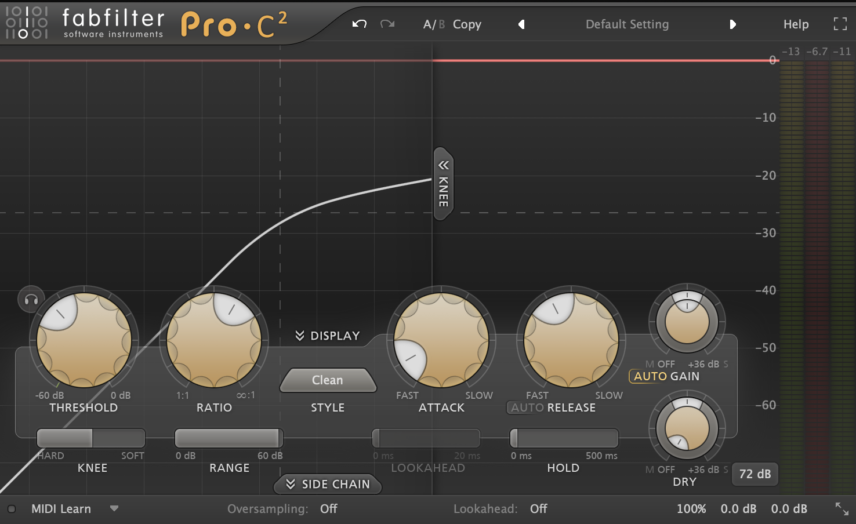
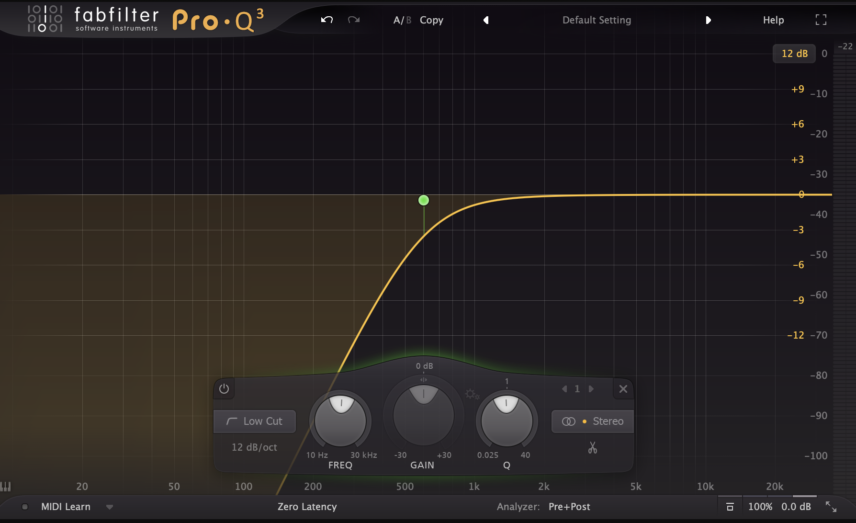

Here’s our progress so far:
Step 4
Repeat the previous step (Step 3) but with different source material. Hammers is full of delicious ear candy, and we want to utilise this.
This step is more straightforward. Choose Loops from the Scrap and Warps Darbukas instruments.


Use the same MIDI part from Step 3 and bounce them out. Apply a high pass filter at around 730Hz on the Warps, and put them both in the DMD.
Pan the Scrap loop 20L and send it to our ping pong delay. The Warps are introduced on bar five to create some subtle variation.

Here’s our progress so far:
Step 5
Our final percussion comes once again from Hammers’ Scrap instrument.
Under the Misc. section, choose samples Misc 11 and Misc 13, which can be found on keys F3 and A3. Put the former on beats two and four and the latter on the final 1/8 note of bars one, two and four.
Introduce this pattern halfway through our eight-bar loop. Remember to hit that Humanize button for some subtle, groovy randomness!
Here’s our progress so far:
Step 6
Finally, apply processing to glue it all together.
Send -12db of our entire kit to an aux track for some parallel processing. Load up a compressor, we are using FabFilter Pro-MB “Sit-in-the-mix Drum Overheads” preset. This adds sparkle to our percussion. Remember, you can use Logic’s native compressor also, or indeed any compressor you have available.
We also send the entire kit to a room reverb, being sure to cut out the low end to avoid muddiness. This step reintroduces the reverb we removed earlier, but we now have more control and allows us to put all instruments in the same room. We use the “Glassy Guitar Room” preset on Pro-R.
We top it off with minimal compression on the entire kit, aiming for roughly 2db gain reduction, with an ATTACK of around 100ms.
Here is our final audio:
And here is our beat in the context of a song:
Final Thoughts
With Beat Dissected, you might consider it song starters. Whilst there is nothing wrong with copying them step by step, we’d encourage you to use the general guidelines and experiment. Enjoy!
*Attack Magazine is supported by its audience. When you purchase through links on our site, we may earn an affiliate commission. Learn more.

